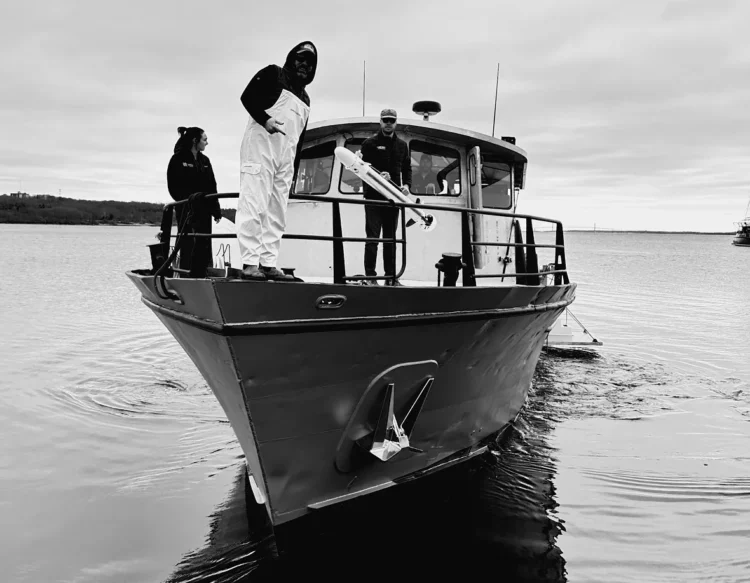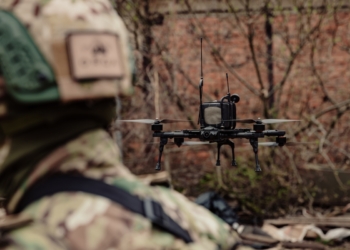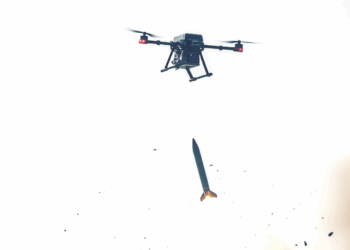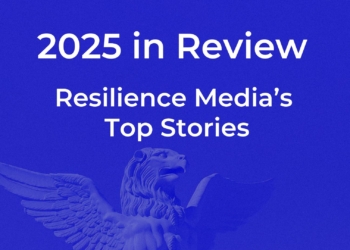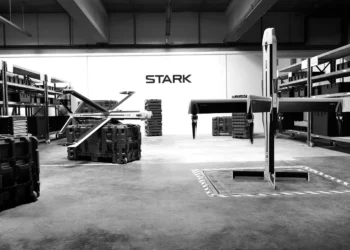The quiet arms race beneath the waves just got louder.
Vatn Systems, a startup that’s grown from concept to active deployment in just 17 months, has announced a new collaboration with Palantir Technologies. The goal: scale production of autonomous underwater vehicles (AUVs) for the U.S. military and allied forces, and build a more agile, data-driven defence supply chain.
This is more than a manufacturing deal. It’s a signal that the U.S. defence industrial base is learning from the pace of wartime innovation in Ukraine, and beginning to respond in kind. Vatn, based in Rhode Island, is one of a handful of new companies trying to break out of the traditional prime contractor model. It aims to build AUVs that are low-cost, fast to produce, and attritable—designed to be lost in combat, not preserved.
Now, with Palantir providing the digital infrastructure, Vatn can track operations in real time, model production timelines, and identify slowdowns before they happen. This is about tightening loops: from supply chain to deployment, and from mission feedback to factory floor. The promise is not just faster delivery, but smarter systems, more adaptable to changing battlefield conditions.
Twelve Vatn AUVs are already in government hands. More are on the way. The partnership with Palantir should help Vatn meet growing demand while avoiding the bottlenecks that plague legacy programs.
This move also touches on broader trends. AUKUS, the trilateral security pact between Australia, the UK, and the U.S., hinges on developing shared industrial capabilities. Pillar 2—focused on advanced technologies—is still vague in public details. But companies like Vatn are starting to show what the architecture of that pillar might look like: smaller firms, fast timelines, and deep software integration from day one.
Resilience in national defence isn’t just about having more systems. It’s about being able to build, adapt, and deploy them when it counts. With this partnership, Vatn and Palantir are pushing the U.S. closer to that standard—one AUV at a time.


